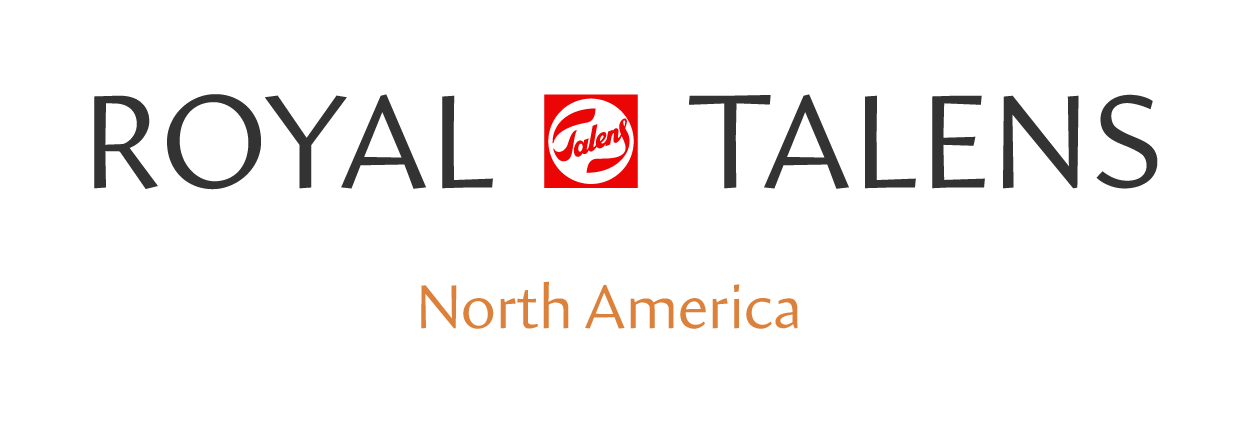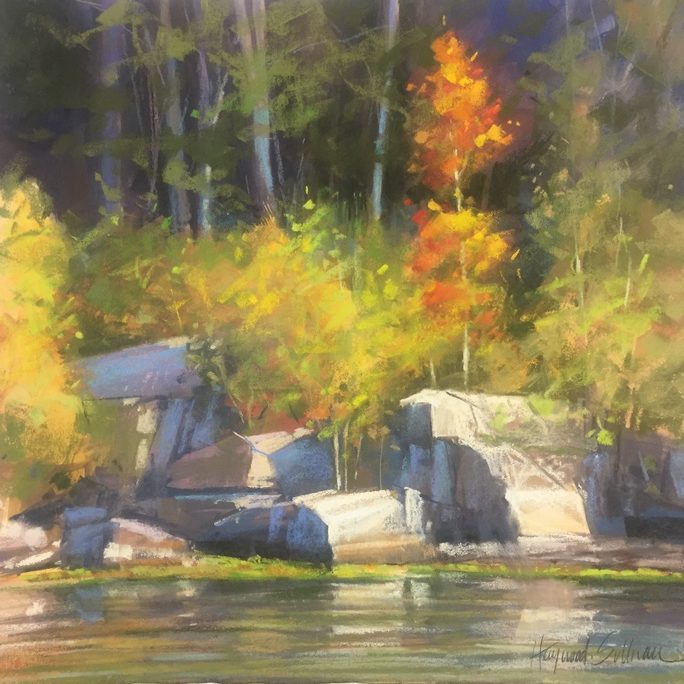Rembrandt Soft Pastels
Rembrandt soft pastels – the workhorse of the pastel category
Known for generations as the world’s most popular soft pastel, Rembrandt pastels occupy a distinct and important segment of most pastel painters’ process.
While not as hard as carre pastels, and not as soft as some of the finishing pastels on the market, Rembrandts are known for their medium softness, their density and consistency. Often called “the workhorse” of the pastel category, this is specifically because of this density and medium touch. Soft enough to easily release color, but hard enough to draw a sharp line, keep an edge and build multiple layers, the versatility is nearly endless.
Crafted in the Netherlands on a very specialized small extrusion machine (we like to call it the Willy Wonka machine, because of the sounds it emits), these pastels are uniform in their shape and size, and do not crumble, holding their shape. The recipe varies based on the pigment used, but is the most simple of any product we make. Pure pigments, and just enough Kaolin clay to hold the pigment together, there is nothing more simple and nothing with as many possibilities as a pastel.
Because of the purity, and solubility of Kaolin clay, these pastels can be rendered into powder, allowing the artist to render a watercolor paint by just adding gum arabic, acrylic paints can be made by adding this to an acrylic binder, or an oil paint by mixing into a drying oil, like linseed or safflower oil.
Artist Liz Haywood Sullivan uses Rembrandt Pastels
Each Rembrandt pastel has a unique code which makes the color range easy to navigate:
The first three color numbers are the color indicator
205 – Mars Violet (PR101 pigment code)
From there, the pure pigment is indicated with a 0.5 suffix
205.5
As more white is added, the suffix number increases, depending on the color all the way to 12 (take that Spinal Tap!)
205.12
As more black is added, the shades are indicated with lower numbers, all the way down to 0.2, which is the lowest value we create, available in 15 new colors, thanks to our friend Craig Lemley at Dakota Art Pastels. Craig came to our factory back in 2013 to help our lab fill a void we had in our color range with these lower values.
We have seen recently a resurgence in pastels as a mixed media too, since their composition makes them intermixable with many different materials.
How do you use your Rembrandts?
Artist Ryan Bradley uses Rembrandt Pastels



